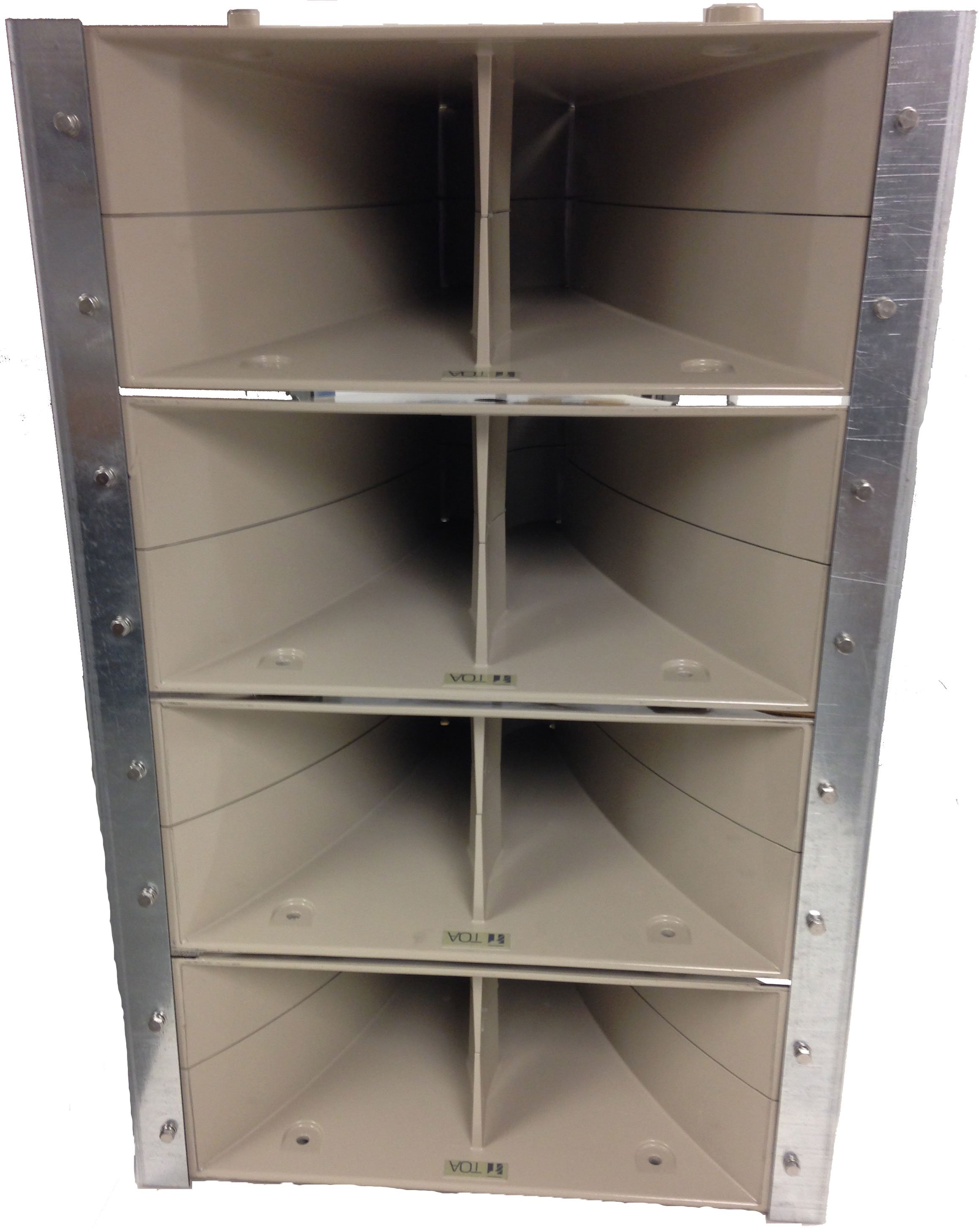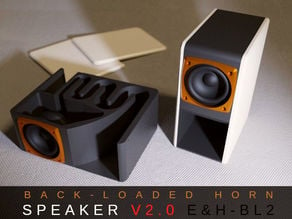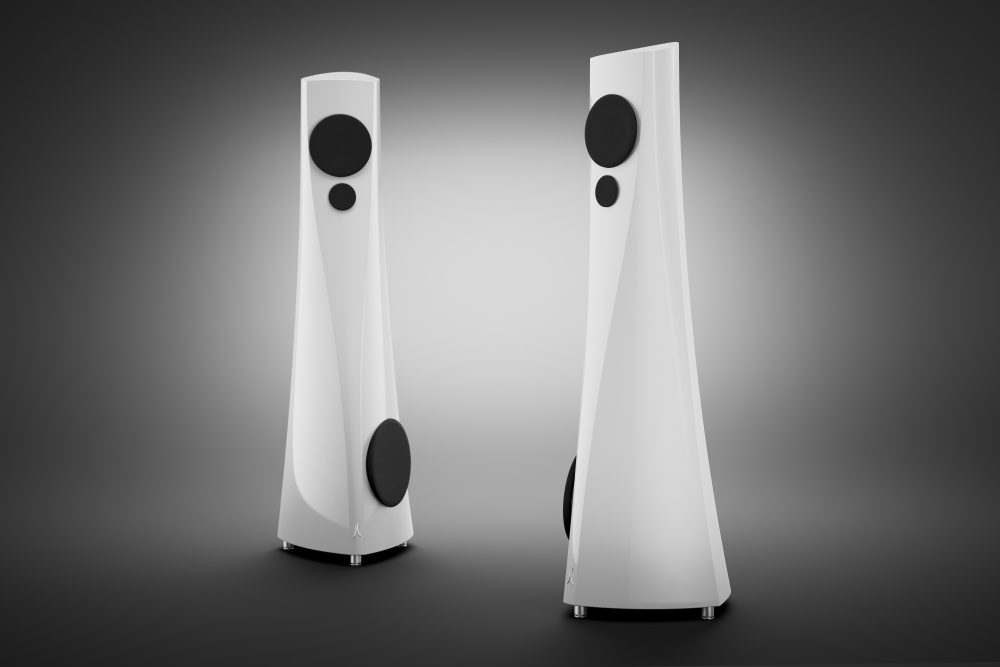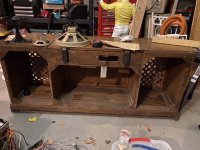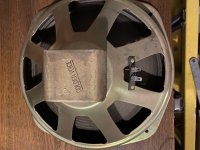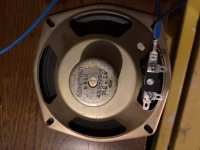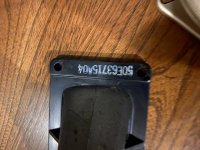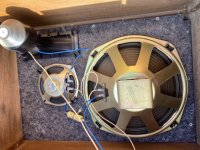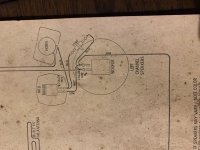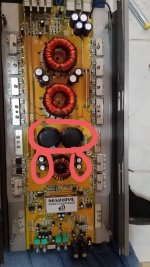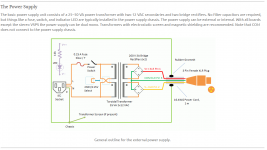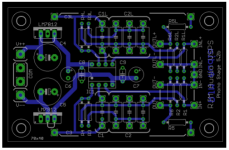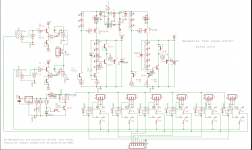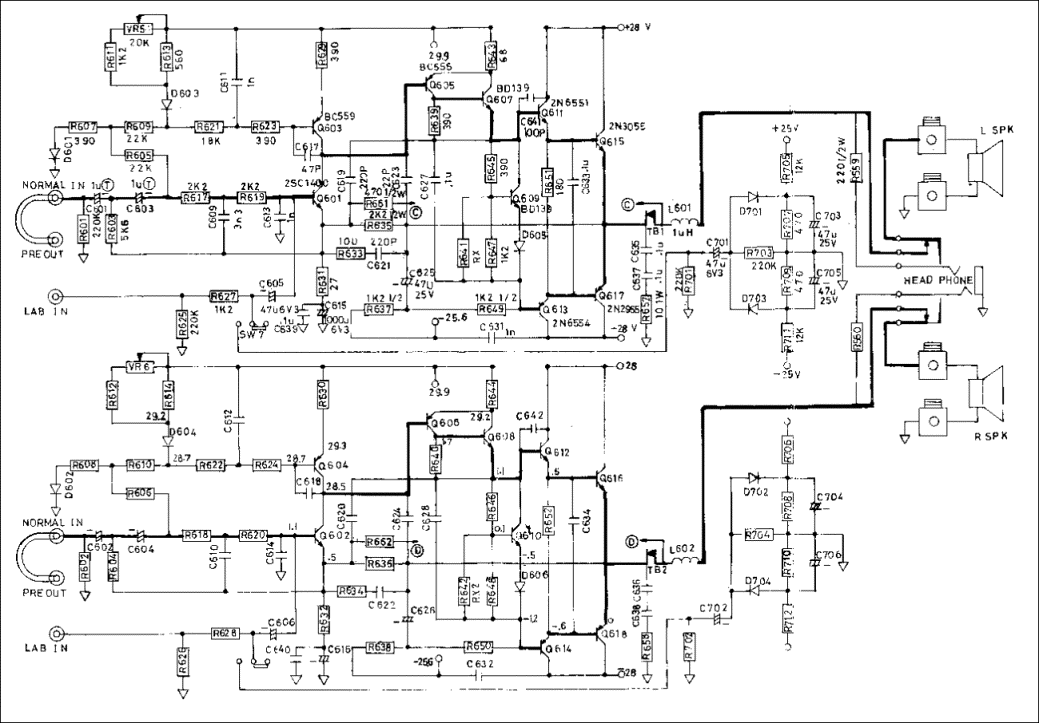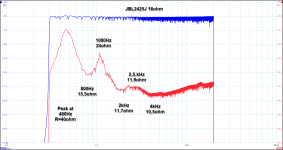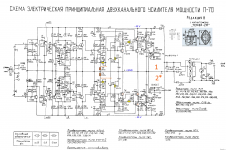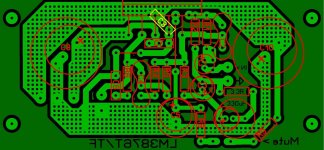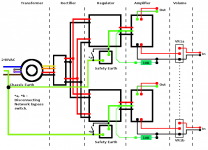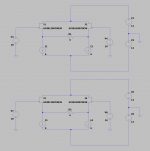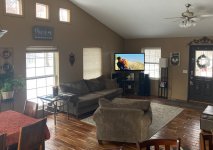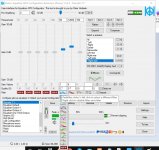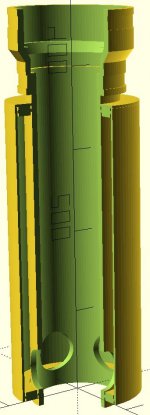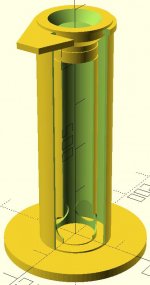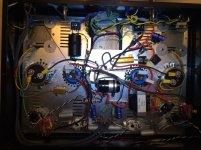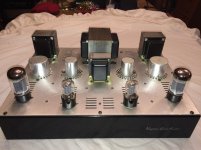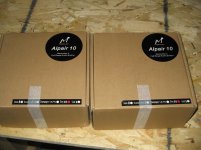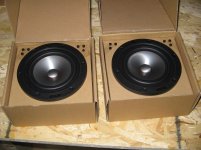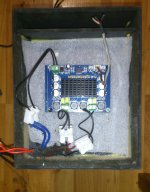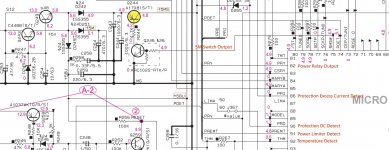Room DSP Discovery
- By EliGuy
- Room Acoustics & Mods
- 10 Replies
Hi, I've been playing around with the DEQX for about a year now and
I've tried many speakers and combinations of measurements/corrections.
While I'm not completely thrilled with the DAC capabilities of the Hd Express II
I think that the room correction capabilities cannot be ignored.
So I wanted to share something I tried that I think sounds really good and also ask a question about it.
The usual method to correct the drivers (in this case Kef LS50's) with open baffle 15" woofers below)
is to measure each driver from up close and then correct and only then do eq corrections on the room.
Well I decided to try something different this time and I was pleasantly surprised. 🙂
I wired BOTH speakers (highs/lows separately) to the same amps so that both speakers
were playing in mono. Then I did my measurements from the listening position and then cut and pasted
the one side side to the the other so that both speakers are using the same FIR filter. I then separated
the drivers so they each get their own amp. And then I took the average response on both speakers playing simultaneously
and applied EQ.
And well it does sound really good. Im wondering if tehre's any explanation for this? Only thing I could think of is that using the same filter sort of 'averages' out the response in the room better.
Anyways there it is, hopefully someone more knowledgable can chime in on whether this is a good idea or a bad one.


I've tried many speakers and combinations of measurements/corrections.
While I'm not completely thrilled with the DAC capabilities of the Hd Express II
I think that the room correction capabilities cannot be ignored.
So I wanted to share something I tried that I think sounds really good and also ask a question about it.
The usual method to correct the drivers (in this case Kef LS50's) with open baffle 15" woofers below)
is to measure each driver from up close and then correct and only then do eq corrections on the room.
Well I decided to try something different this time and I was pleasantly surprised. 🙂
I wired BOTH speakers (highs/lows separately) to the same amps so that both speakers
were playing in mono. Then I did my measurements from the listening position and then cut and pasted
the one side side to the the other so that both speakers are using the same FIR filter. I then separated
the drivers so they each get their own amp. And then I took the average response on both speakers playing simultaneously
and applied EQ.
And well it does sound really good. Im wondering if tehre's any explanation for this? Only thing I could think of is that using the same filter sort of 'averages' out the response in the room better.
Anyways there it is, hopefully someone more knowledgable can chime in on whether this is a good idea or a bad one.


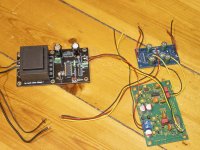
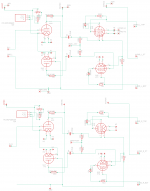
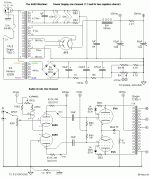
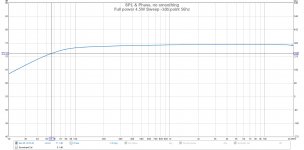

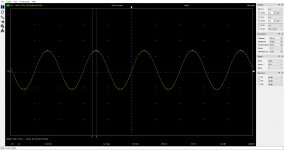
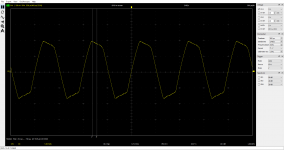

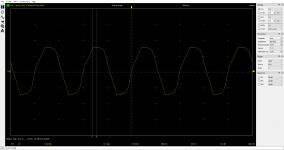

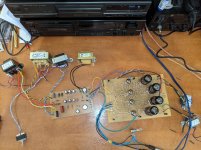
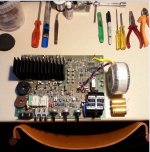
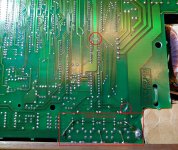

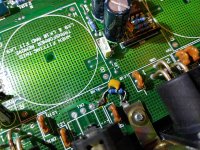
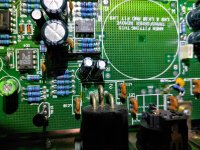

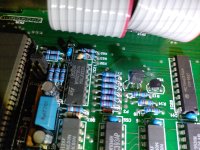

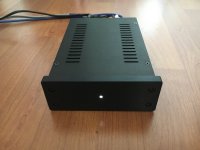
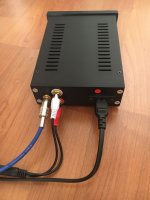
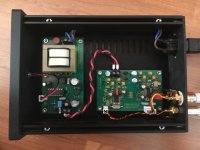

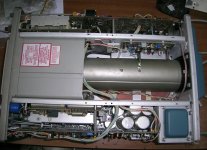

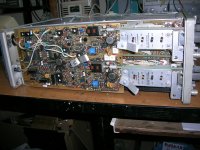
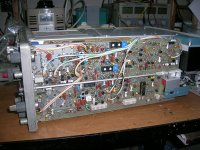
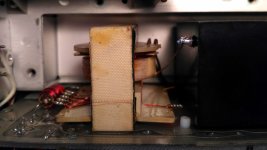
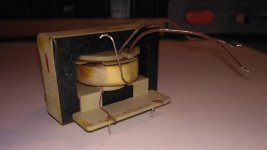
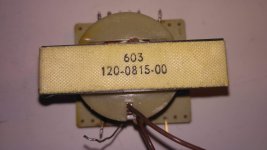

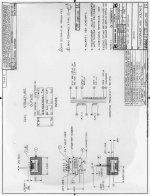
/cdn.vox-cdn.com/uploads/chorus_image/image/57197787/akrales_171011_2046_0152.0.jpg)
